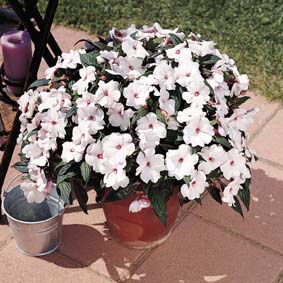Spread Floral Joy!
Elevate someone's day with a beautifully crafted flower bouquet fresh from our farms.
SHOP NOW
Save 15% Site Wide! Use Code Holiday2025 at Checkout*
Elevate someone's day with a beautifully crafted flower bouquet fresh from our farms.
SHOP NOW